Home>Gardening & Outdoor>Outdoor Recreation & Activities>What Is A Trampoline
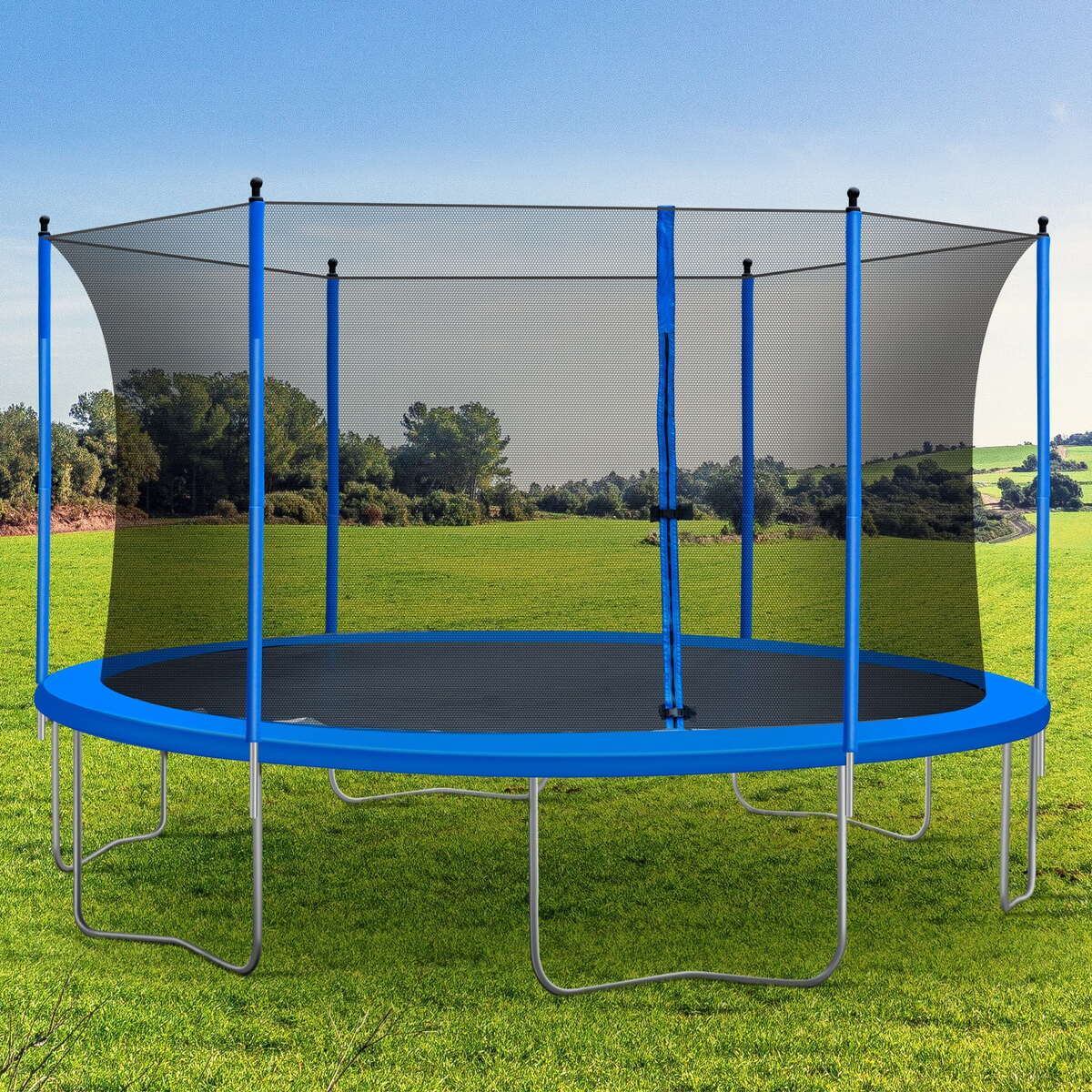

Outdoor Recreation & Activities
What Is A Trampoline
Modified: August 17, 2024
Discover the benefits of trampolines for outdoor recreation and activities. Learn about the fun and fitness advantages of this popular equipment.
(Many of the links in this article redirect to a specific reviewed product. Your purchase of these products through affiliate links helps to generate commission for Storables.com, at no extra cost. Learn more)
**
Introduction
**
Trampolines have been a source of joy and entertainment for people of all ages for decades. The mere mention of a trampoline often evokes images of children gleefully bouncing up and down, but the appeal of trampolining extends far beyond just fun and games. In this article, we will delve into the fascinating world of trampolines, exploring their history, mechanics, various types, safety considerations, and the numerous benefits they offer. Whether you are a trampoline enthusiast, a curious onlooker, or someone considering investing in a trampoline, this comprehensive guide will provide valuable insights into the world of trampolines. Let's bounce into the history of these remarkable devices and discover the many wonders they hold.
**
Key Takeaways:
- Trampolines offer fun, fitness, and history. They come in various types and provide cardiovascular benefits, stress reduction, and social interaction. Safety is crucial for a joyful bouncing experience.
- Trampolining promotes physical health, mental well-being, and social bonding. It’s a source of joy, vitality, and active living. Embrace the thrill of bouncing with safety and enthusiasm.
Read more: What Is A Good Trampoline
History of Trampolines
**
The history of trampolines is a testament to human creativity and ingenuity. The concept of rebounding off a flexible surface dates back centuries, with various cultures experimenting with rudimentary forms of trampolines for both practical and recreational purposes. The word “trampoline” itself is derived from the Spanish “trampolín,” meaning a diving board. The modern trampoline, however, has its origins in the early 20th century.
The invention of the modern trampoline is credited to George Nissen and Larry Griswold, who were inspired by trapeze artists using a safety net to perform their stunts. In 1936, Nissen and Griswold created the first prototype of the trampoline using canvas and rubber springs. Their invention gained attention and popularity, particularly among gymnasts and acrobats, for its training and entertainment value.
During World War II, the practical applications of trampolines became evident as they were used to train pilots and navigators in spatial awareness and orientation. After the war, the recreational potential of trampolines became increasingly recognized, leading to their widespread commercialization and incorporation into various activities and sports.
Since then, trampolines have evolved significantly, with advancements in materials, design, and safety features. Today, trampolining has become a recognized sport in its own right, featuring impressive acrobatics and gravity-defying maneuvers in competitive arenas around the world.
The history of trampolines is a testament to their enduring appeal and versatility. From their humble origins as training aids to their current status as symbols of fun and fitness, trampolines continue to captivate and inspire individuals of all ages.
**
How Trampolines Work
**
At first glance, a trampoline may seem like a simple device—a stretch of taut fabric suspended by coiled springs. However, the mechanics behind this seemingly straightforward contraption are fascinating and integral to its functionality.
When a person jumps on a trampoline, the springs stretch and store potential energy. As the individual continues to apply force, the springs accumulate more potential energy. When the force is released, this potential energy is converted into kinetic energy, propelling the jumper into the air. The fabric, or “jumping mat,” provides a responsive surface for the jumper to push against, further enhancing the upward momentum.
While the upward motion is the most noticeable aspect of trampolining, the trampoline also exerts a force that acts in the opposite direction—downward. This force is what allows the jumper to experience the sensation of weightlessness at the peak of their jump. As the jumper descends, the springs and fabric work together to absorb and dissipate the kinetic energy, providing a cushioned landing.
The design and construction of trampolines play a crucial role in their functionality. High-quality materials, such as durable fabrics and resilient springs, contribute to the trampoline’s ability to withstand repeated use and provide consistent performance. Additionally, safety enclosures and padding are essential features that ensure a secure and enjoyable trampolining experience.
Understanding the mechanics of trampolines not only enhances our appreciation for these devices but also underscores the importance of proper usage and maintenance. By comprehending how trampolines work, users can make informed decisions regarding safety measures, maintenance practices, and the selection of trampolines that best suit their needs.
**
Types of Trampolines
**
Trampolines come in a variety of types, each tailored to specific preferences, spaces, and activities. Understanding the distinctions between these types can help individuals make informed decisions when selecting a trampoline that best suits their needs.
1. Round Trampolines: Round trampolines are among the most common and versatile types available. Their circular shape provides a consistent bounce across the entire surface, making them ideal for recreational use and general bouncing activities. They are often the preferred choice for families and individuals seeking an all-purpose trampoline.
2. Rectangular Trampolines: Rectangular trampolines are favored by gymnasts and athletes due to their unique bounce characteristics. The elongated shape and even tension distribution allow for higher and more controlled bounces, making them suitable for practicing complex maneuvers and acrobatics.
3. Square Trampolines: Square trampolines offer a balance between the consistent bounce of round trampolines and the controlled bounce of rectangular trampolines. They are well-suited for smaller spaces and can accommodate multiple users simultaneously, making them a popular choice for families and recreational use.
4. Mini Trampolines: Also known as rebounders, mini trampolines are compact and designed for individual use. They are often used for fitness and rehabilitation purposes, providing a low-impact workout and promoting cardiovascular health. Their portability and space-saving design make them an excellent choice for home use.
5. Water Trampolines: Water trampolines are designed for aquatic environments, featuring a buoyant platform and a bouncing surface that allows users to enjoy the exhilaration of trampolining on water. They are commonly found in lakes, ponds, and oceanfront recreational areas, adding an extra element of excitement to water-based activities.
6. In-ground Trampolines: In-ground trampolines are installed flush with the ground, offering a seamless and aesthetically pleasing addition to outdoor spaces. Their design minimizes the risk of falls and provides easy access for users of all ages. In-ground trampolines blend harmoniously with the surrounding landscape, making them a popular choice for homeowners seeking a discreet and integrated trampoline solution.
Understanding the diverse array of trampoline types empowers individuals to make informed choices based on their specific requirements, whether for recreational enjoyment, athletic training, or unique outdoor experiences.
**
When using a trampoline, always make sure to have adult supervision, follow the safety guidelines, and avoid doing risky stunts to prevent injuries.
Safety Considerations
**
While trampolines offer exhilarating fun and fitness benefits, it is essential to prioritize safety to ensure a secure and enjoyable experience for users of all ages. By adhering to safety guidelines and implementing precautionary measures, the risks associated with trampolining can be significantly mitigated.
1. Supervision: It is crucial to supervise trampoline use, especially for children, to prevent reckless behavior and minimize the likelihood of accidents. Clear and consistent rules should be established, emphasizing safe jumping practices and the number of users allowed on the trampoline simultaneously.
2. Safety Enclosures: Trampolines should be equipped with safety enclosures, also known as nets, to prevent users from falling off the trampoline surface. These enclosures provide an added layer of protection and reduce the risk of injuries resulting from accidental falls.
3. Regular Maintenance: Routine maintenance of trampolines is essential to ensure their structural integrity and safe operation. This includes inspecting the frame, springs, and jumping mat for signs of wear, as well as securing any loose components to prevent potential hazards.
4. Proper Placement: Trampolines should be placed on level ground and away from obstacles such as trees, fences, and hard surfaces. Adequate clearance around the trampoline is necessary to prevent collisions and ensure a safe landing zone for users.
5. Training and Education: Users, especially children, should receive guidance on safe trampolining techniques and the importance of adhering to established safety measures. Educating users on proper jumping form, avoiding somersaults and flips without professional supervision, and respecting weight and age restrictions can help prevent accidents.
6. Weather Awareness: Trampolines should be secured and protected during inclement weather to prevent damage and maintain their stability. Windy conditions pose a significant risk to trampolines, making it imperative to secure them with appropriate anchoring systems or disassemble them during adverse weather events.
7. Quality and Design: Choosing a high-quality trampoline with robust construction, durable materials, and safety certifications can significantly enhance user safety. Features such as padded frames, reinforced stitching, and UV-resistant fabrics contribute to the overall safety and longevity of trampolines.
By prioritizing safety considerations and implementing proactive measures, trampoline enthusiasts can enjoy the countless benefits of trampolining while minimizing the potential for accidents and injuries. With a steadfast commitment to safety, trampolines can continue to be a source of wholesome recreation and physical activity for individuals and families.
**
Read more: What Is A Rebounding Trampoline
Benefits of Trampolining
**
Beyond the sheer enjoyment of bouncing through the air, trampolining offers a myriad of physical, mental, and social benefits that contribute to overall well-being. Whether it’s a lively backyard activity or a structured fitness regimen, trampolining presents a host of advantages for individuals of all ages.
1. Cardiovascular Health: Trampolining provides an effective cardiovascular workout, elevating the heart rate and improving circulation. The rhythmic bouncing motion engages the cardiovascular system, promoting endurance and enhancing overall cardiovascular health.
2. Low-Impact Exercise: Unlike high-impact activities such as running, trampolining offers a low-impact workout that reduces stress on joints and ligaments. This makes it an ideal exercise for individuals seeking a gentler form of physical activity while still reaping the benefits of increased mobility and coordination.
3. Muscle Tone and Strength: The act of bouncing on a trampoline engages various muscle groups, including the legs, core, and arms. Over time, regular trampolining can contribute to improved muscle tone, strength, and overall physical conditioning.
4. Balance and Coordination: Trampolining requires coordination and balance to maintain stability and control while bouncing. This continual adjustment and proprioceptive feedback contribute to enhanced balance, spatial awareness, and motor skills.
5. Stress Reduction: The rhythmic bouncing and sense of weightlessness experienced while trampolining can have a calming effect, reducing stress and promoting relaxation. The release of endorphins during physical activity further contributes to improved mood and mental well-being.
6. Social Interaction: Trampolining can be a social activity that fosters interaction and bonding among family members, friends, and communities. Shared trampolining experiences promote camaraderie and create opportunities for collaborative play and physical fitness.
7. Lymphatic Circulation: The repetitive bouncing motion stimulates the lymphatic system, facilitating the removal of toxins and waste products from the body. This can contribute to enhanced immune function and overall detoxification.
8. Fun and Enjoyment: Above all, trampolining is a source of pure enjoyment and fun. It offers an outlet for creativity, playfulness, and uninhibited movement, allowing individuals to experience the sheer joy of bouncing and soaring through the air.
By embracing the multifaceted benefits of trampolining, individuals can integrate this exhilarating activity into their lifestyles, reaping the rewards of improved physical fitness, mental well-being, and shared experiences with others.
**
Conclusion
**
Trampolines have transcended their humble beginnings to become iconic fixtures of recreational enjoyment, athletic training, and fitness regimens. From their fascinating history to their diverse types and the myriad benefits they offer, trampolines continue to captivate and inspire individuals of all ages.
As we reflect on the evolution of trampolines, it becomes evident that these devices embody the essence of joy, vitality, and active living. Their ability to foster physical fitness, social interaction, and mental well-being underscores their enduring appeal in a world that increasingly values holistic wellness.
While trampolining presents a wealth of benefits, it is essential to approach this activity with a steadfast commitment to safety and responsible usage. By adhering to safety considerations, prioritizing supervision, and investing in high-quality trampolines, individuals can enjoy the countless advantages of trampolining while minimizing potential risks.
Whether it’s the thrill of bouncing through the air, the pursuit of physical fitness, or the joy of shared experiences, trampolines hold a special place in the hearts of many. Their ability to bring people together, promote active lifestyles, and instill a sense of exhilaration underscores their enduring significance in the realm of outdoor recreation and activities.
As we continue to embrace the wonders of trampolines, let us do so with a deep appreciation for their history, a commitment to safety, and an unwavering enthusiasm for the boundless possibilities they offer. Whether it’s a leisurely bounce in the backyard or a gravity-defying acrobatic performance, trampolines embody the spirit of adventure, vitality, and uninhibited joy.
So, let’s bounce into the world of trampolines with a sense of wonder, responsibility, and a boundless spirit of fun and discovery. The journey awaits, and the possibilities are endless.
Frequently Asked Questions about What Is A Trampoline
Was this page helpful?
At Storables.com, we guarantee accurate and reliable information. Our content, validated by Expert Board Contributors, is crafted following stringent Editorial Policies. We're committed to providing you with well-researched, expert-backed insights for all your informational needs.
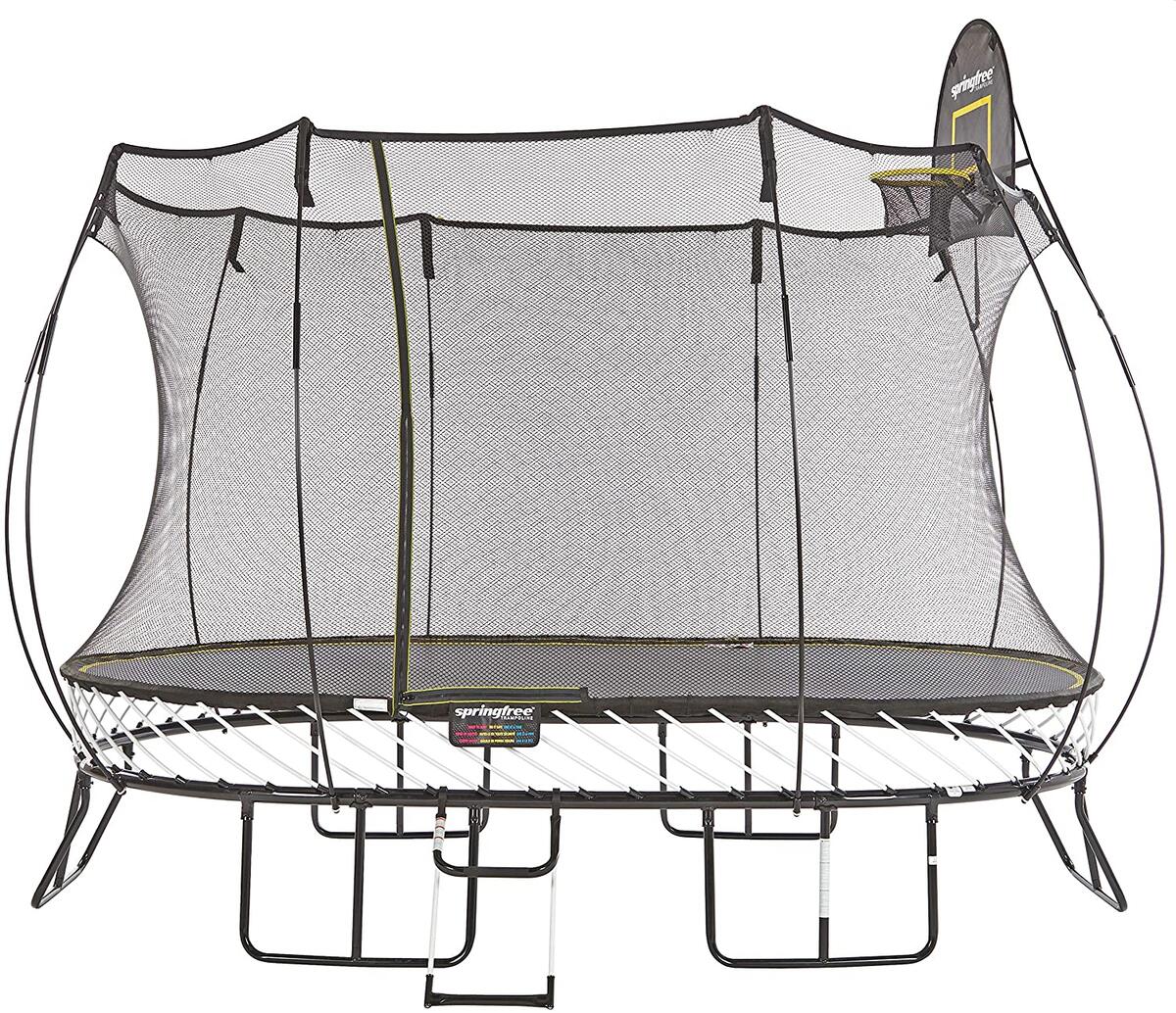
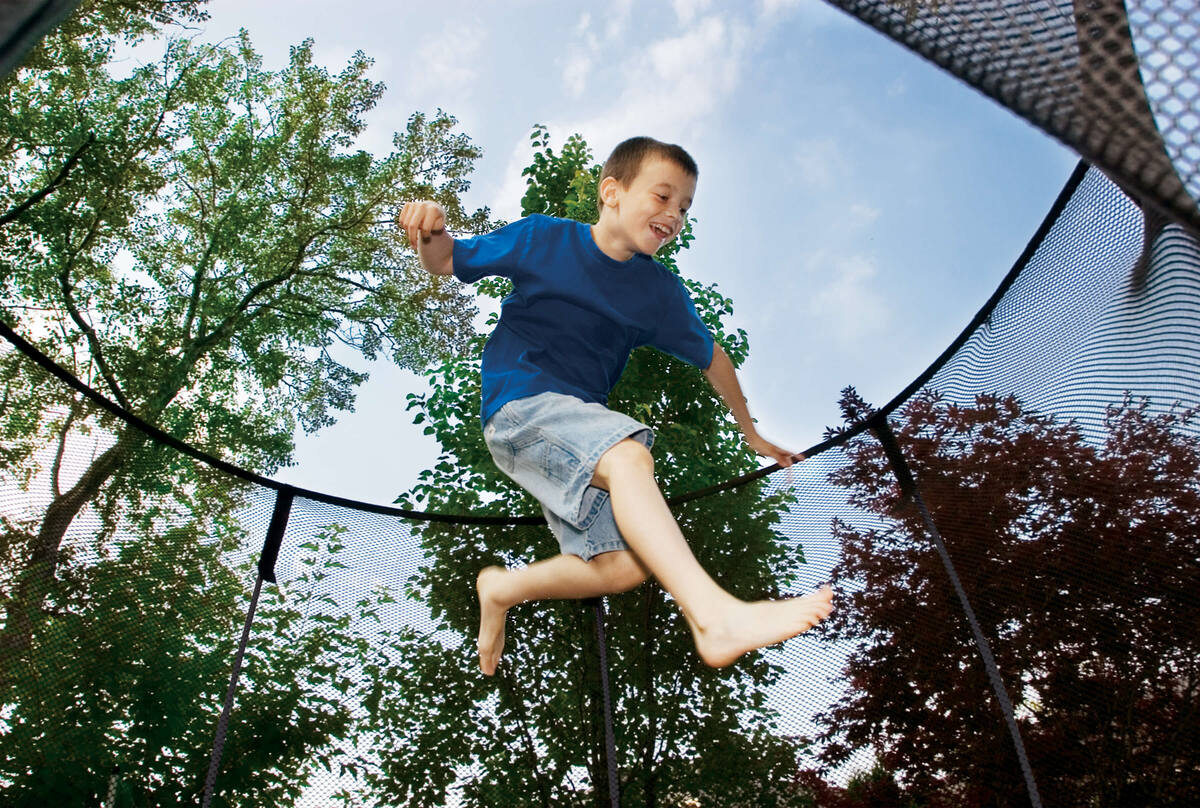

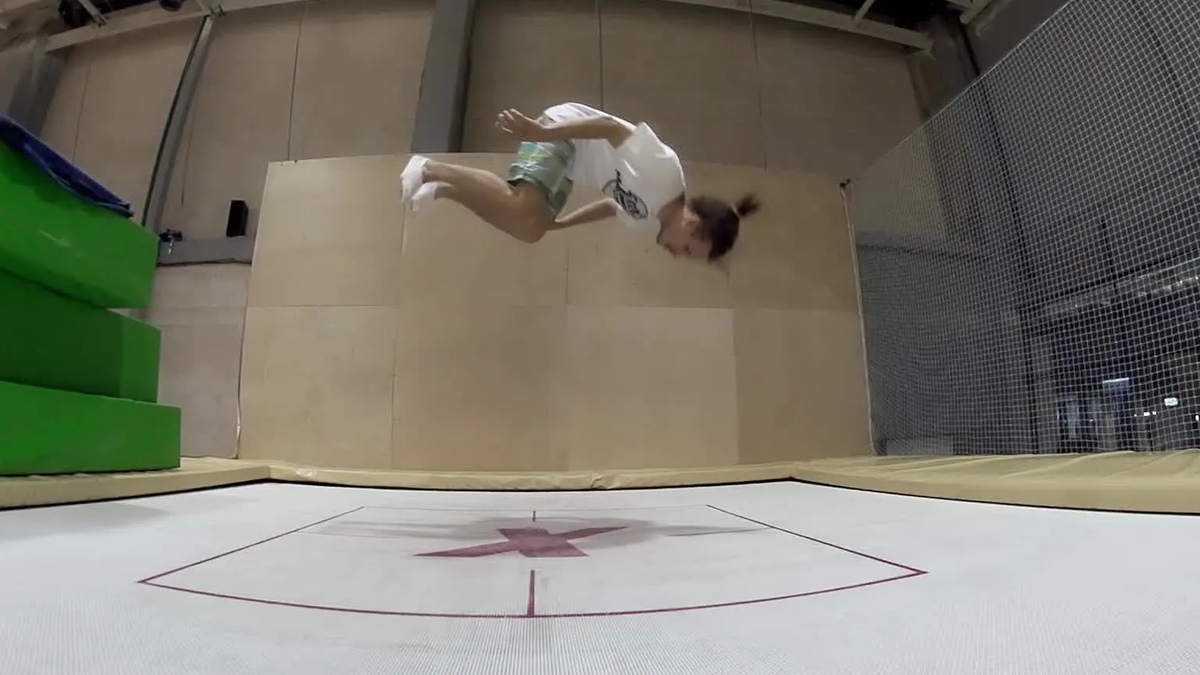
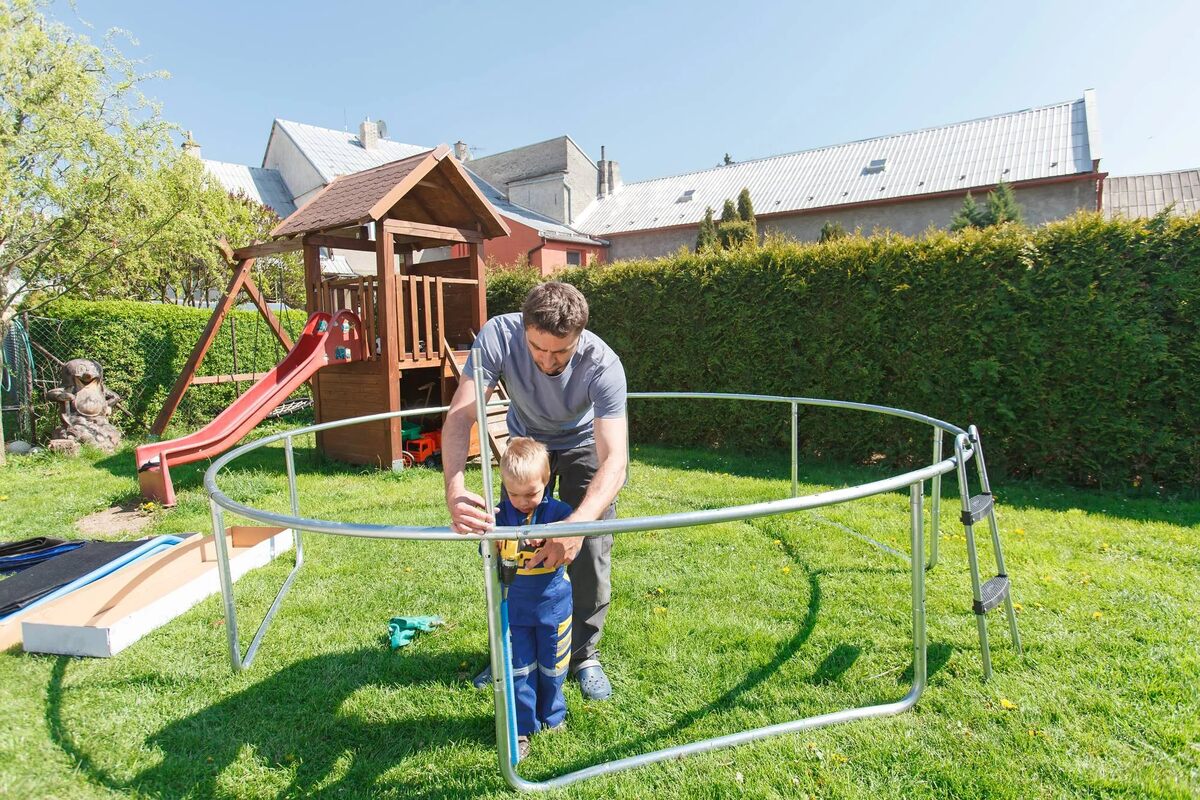

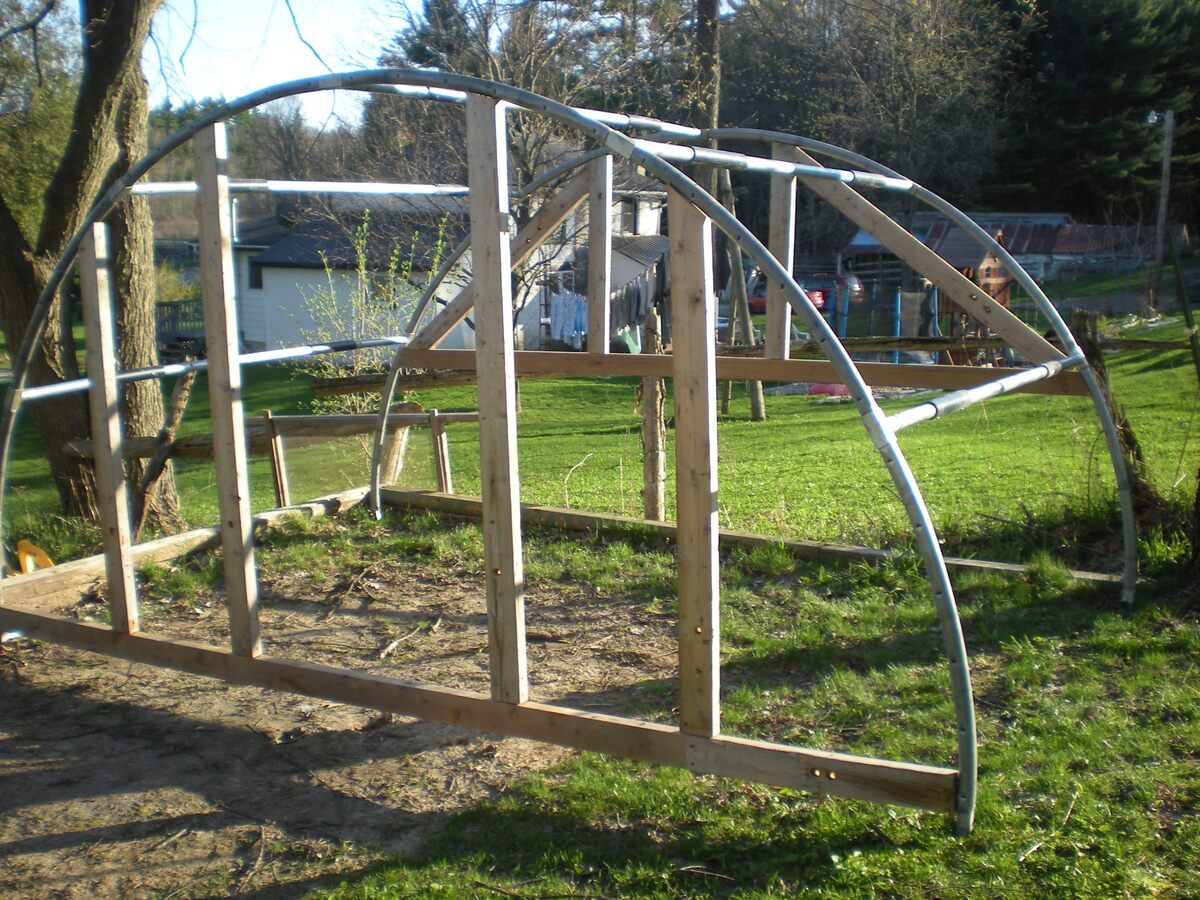





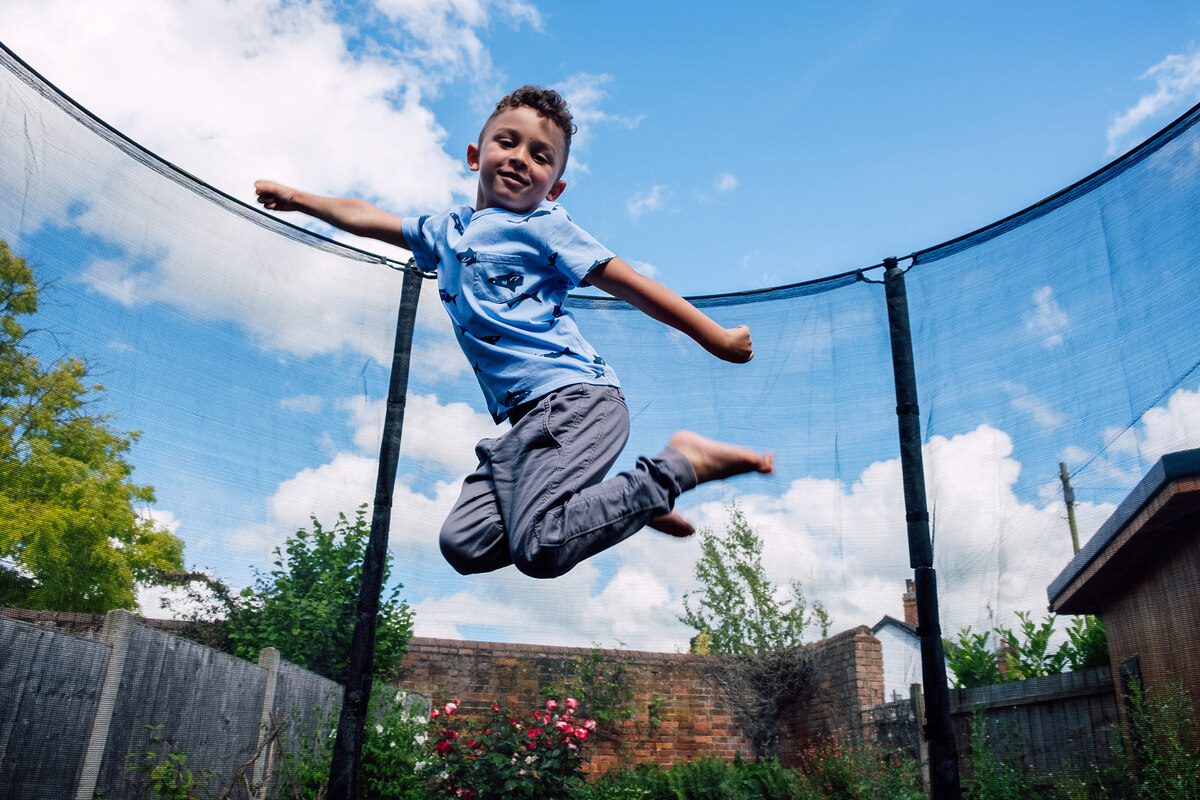
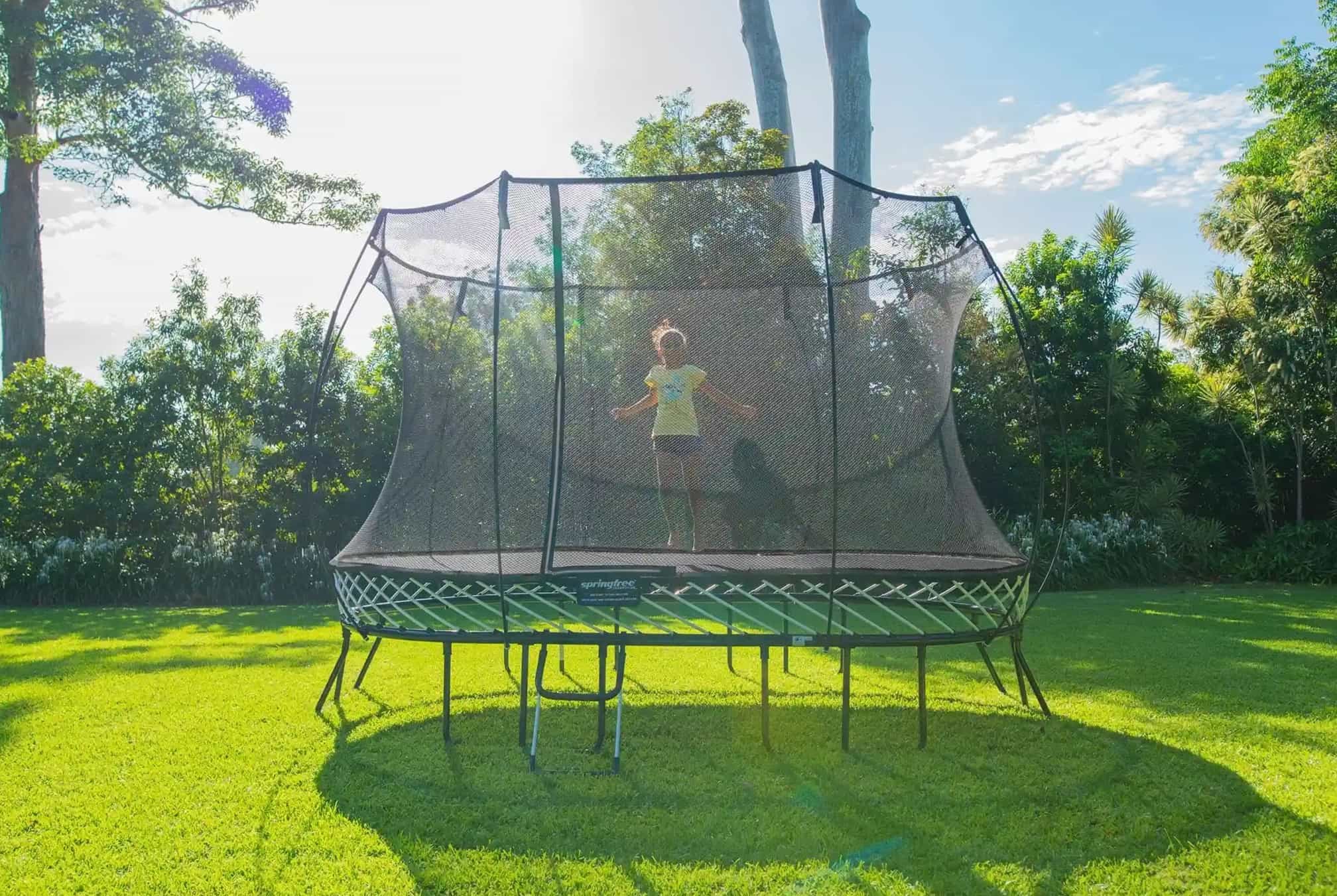

0 thoughts on “What Is A Trampoline”